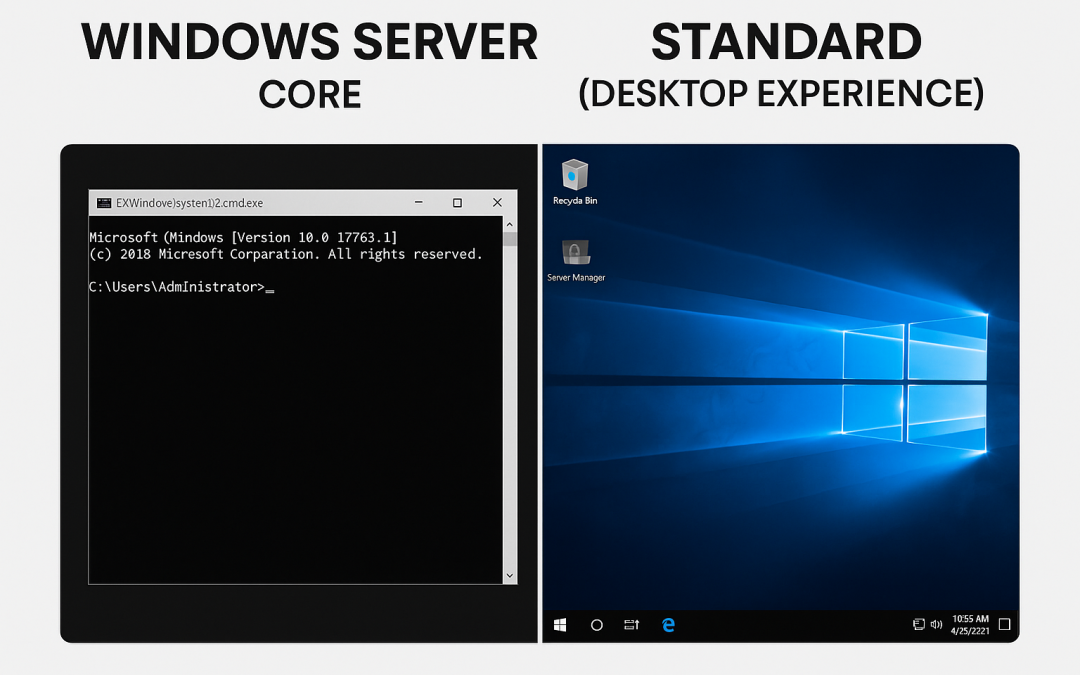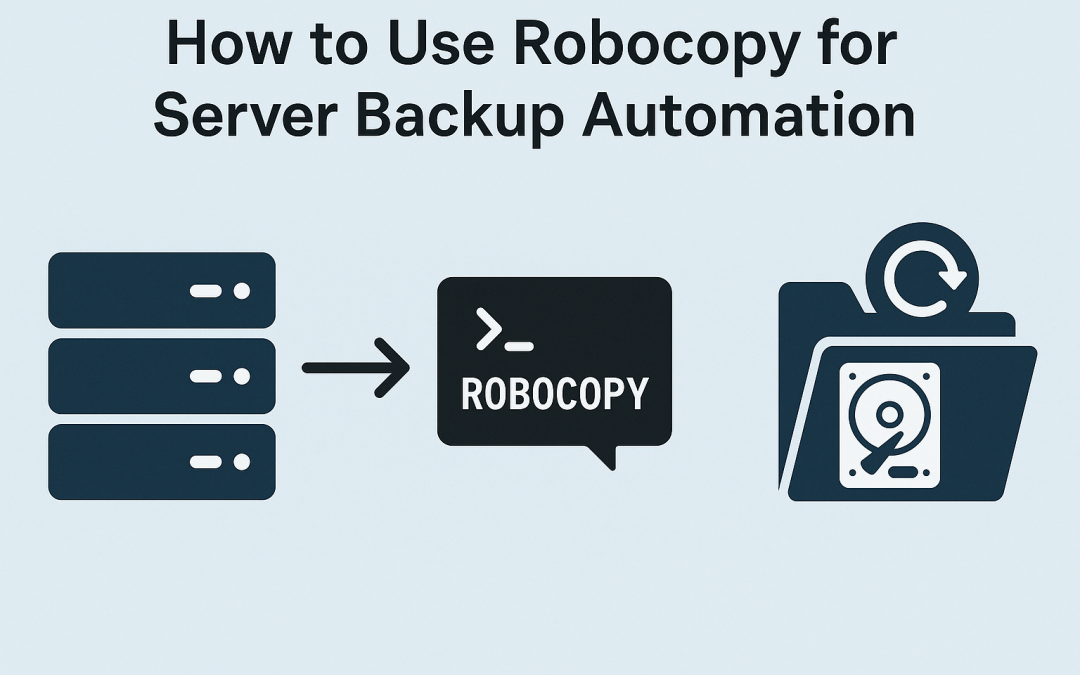Remote Desktop Protocol (RDP) is essential for managing Windows servers and remote machines. When RDP suddenly stops working, one of the most common causes is a firewall blocking the RDP default port 3389.
In this guide, you’ll learn how to check if the firewall is blocking the RDP port and what steps you can take to diagnose and fix the issue.
1. Check Windows Firewall Rules
Windows Firewall often blocks incoming RDP traffic if the rule is disabled.
Steps:
- Open Start Menu → search Windows Defender Firewall → open it.
- Click Advanced settings.
- In the left pane, select Inbound Rules.
- Look for rules named
- Remote Desktop – User Mode (TCP-In)
- Remote Desktop – User Mode (UDP-In)
- Make sure these rules are Enabled and Allowed.
If they are disabled, right-click → Enable Rule.
2. Verify That Port 3389 Is Listening
To confirm that RDP is running on the machine:
Run this command (CMD or PowerShell):

netstat -ano | findstr 3389
If you see a line with LISTENING, the port is open internally.
If you don’t see any output, Remote Desktop Services may not be running or the port has been changed.
3. Test the Port from Another Computer
You can test remotely whether the port is reachable.
Using PowerShell (recommended):

Test-NetConnection -ComputerName SERVER-IP -Port 3389
You’ll get:
- TcpTestSucceeded: True → Port is open
- TcpTestSucceeded: False → Port blocked or server unreachable
Using Telnet (older method):
If Telnet is installed:
telnet SERVER-IP 3389
A blank screen means it connected successfully.
A connection error means the port is blocked.
4. Check Network Firewalls and Cloud Firewalls
If the server is on:
- AWS
- Azure
- Google Cloud
- VMware
- Corporate Network
…then external firewalls may block RDP.
Check the following:
- Security groups / inbound rules
- Network firewall policies
- VPN/firewall appliance settings
Make sure TCP 3389 is allowed inbound from your IP.
5. Check Router or ISP Blocking
Some networks block RDP traffic at the router or ISP level.
Solutions:
- Allow TCP 3389 on your router firewall
- Use a VPN to bypass ISP restrictions
- Change RDP port to something else (e.g., 3390)
Conclusion
RDP connection issues are almost always linked to firewall blocking, port configuration, or service failures. By checking firewall rules, testing the port, and verifying network policies, you can quickly identify and fix the issue.
How to Check Whether a Firewall Is Blocking the RDP Port (3389) (F.A.Q)
What is the default RDP port?
RDP uses TCP 3389 by default.
How do I test if port 3389 is open?
Use PowerShell:Test-NetConnection -ComputerName IP -Port 3389.
Why is RDP still blocked even when Windows Firewall allows it?
A network firewall, cloud firewall, or router may be blocking the port.



0 Comments